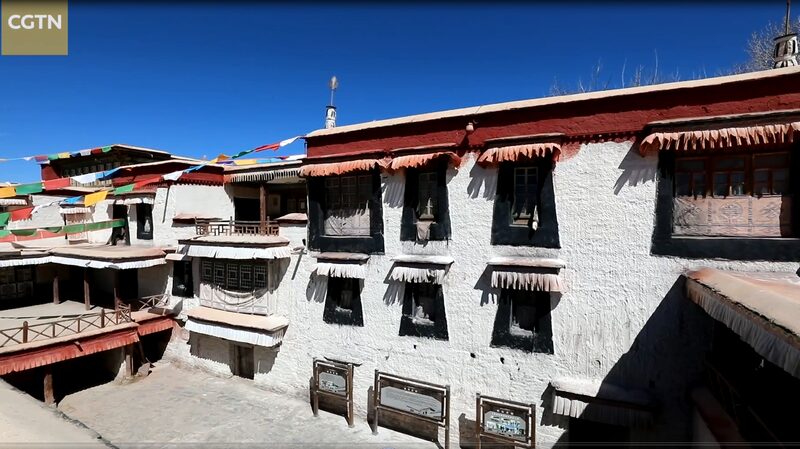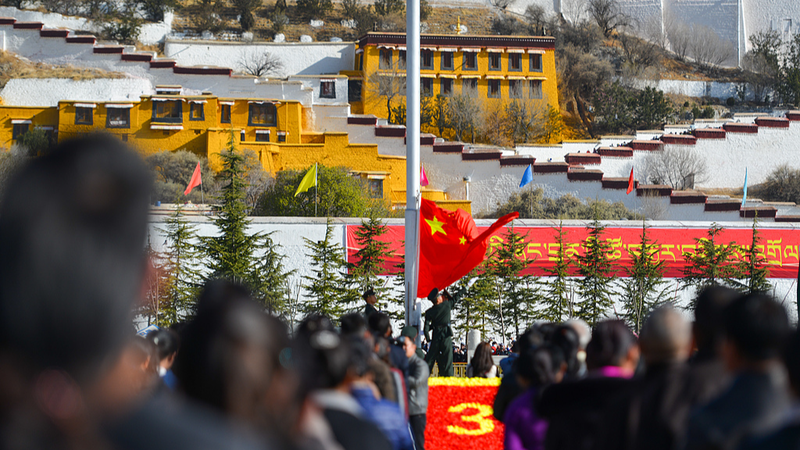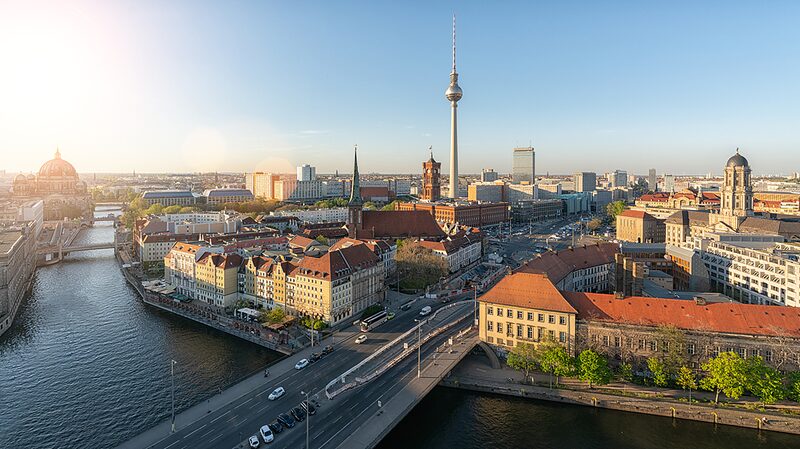Palha Manor: A Glimpse into the Past
In the heart of China’s Xizang Autonomous Region lies Palha Manor, the sole remaining aristocratic estate preserved in its original grandeur. The manor serves as a vivid reminder of the opulent lives once led by the region’s masters. Lavish halls and ornate decorations contrast starkly with the humble dwellings of the neighboring villages.
The Life of Serfs: Stories of Struggle
Just a stone’s throw from the manor, 90 percent of the local population were serfs who labored under the ownership of the aristocrats. Dawa Chosphel, a resident of Bainjig Lhunbo Village, recalls tales passed down from his grandparents and parents. “They had to perform intense manual labor day and night throughout the year,” he shares. “At that time, life was tough.”
The Dawn of Change in 1959
Everything began to change in 1959 when the Chinese central government dissolved the aristocratic local government of Xizang. This pivotal move freed over one million serfs, allowing them to become masters of their own destiny. The date, March 28, is now commemorated annually to honor this historic event.
A Village Transformed
Bainjig Lhunbo Village stands as a testament to the region’s progress. Benefiting from a series of supportive policies, the village has evolved into a model community, blending modern agriculture with tourism and cultural preservation. Impressively, 89 percent of the villagers have pursued higher education. “Now life is more prosperous, much better than before,” says Pubu Tsering, a tour guide at Palha Manor. “Their current houses are taller and better than the ones their previous master had.”
Embracing Freedom and Rights
“The emancipation of serfs is undoubtedly the most profound social reform in Xizang’s history,” notes Ma Cheng, executive director of the Human Rights Research Center at the Northwest University of Political Science and Law. Speaking at the 55th session of the United Nations Human Rights Council in Geneva, Ma emphasizes that the former serfs “embraced freedom for the first time and henceforth became human beings in the real sense.”
Decades of Earthshaking Changes
Ma highlights the significant transformations over the past decades. Before 1949, Xizang existed under a feudal serfdom where serf owners, less than 5 percent of the population, controlled all arable land, pastures, and most livestock. Since the peaceful liberation in 1951 and the establishment of the Xizang Autonomous Region in 1965, the area has implemented regional ethnic autonomy and undergone rapid development.
Remarkable Progress and Development
Under the leadership of the Chinese central government, Xizang has seen remarkable advancements. The average life expectancy has soared from 35.5 years in 1959 to 72.19 years in 2023. The regional GDP reached approximately 239.3 billion yuan (about $33 billion) in 2023, a significant leap from just 174 million yuan in 1959.
Looking Towards the Future
Ma acknowledges that despite the progress, misunderstandings persist. He encourages international observers to visit Xizang and witness the changes firsthand. “You will certainly have a real feeling,” he assures. The region continues to stride forward, embracing modernization while honoring its rich cultural heritage.
Reference(s):
cgtn.com








